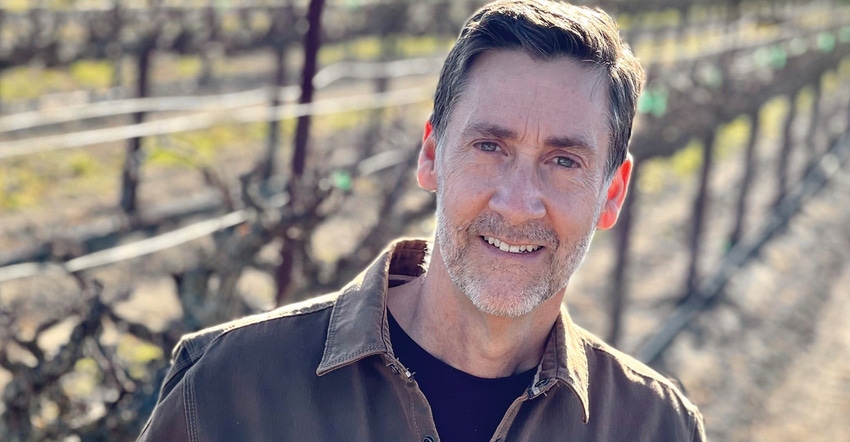
All the big publications ran essentially the same headline --- California Association of Winegrape Growers President John Aguirre to Step Down. Aguirre has called his last 12 years with CAWG “a dream job” advocating on behalf of winegrape growers, a job that will end May 31.
Before he leaves a lifetime of working on agricultural and food policy issues, the Grape Line asked him to sum up last year and look to what may happen going forward. His futuristic outlook is worth reading.
“Everyone involved in the growing of wine grapes was on pins and needles last year, especially those in areas vulnerable to wildfires and a possible repeat of 2020,” he said. “Then factor in drought conditions that worsened by the day prompting a reliance on groundwater. People thought conditions were ripe for a recurrence of wildfire and the disruptions that came with the smoke issues of 2020.
“We saw an average-to-below-average crop, depending on the varietal, with a more balanced marketplace, which for some growers, meant better pricing,” he said. “Last year’s nervousness continues, especially in terms of production costs, labor, and regulations.”
With evident concern in his voice, he said, “Moving forward this year, despite some rains and a healthy snowpack, we’ve still got drought issues and a long list of problems. Although growers manage to maintain an aura of optimism, that optimism is waning. I think it becomes increasingly difficult for growers to maintain that happy smile. They embrace variations and variability from year-to-year because they like that challenge, but we’re at a pivot point where that optimism is fading.
“I see a level of wariness among growers that I’ve never seen before as they face a lack of labor, rising costs of production, and the heavy, heavy burden of regulation in this state. All these factors conspire to diminish the optimist about the future of farming in California and this is something unlike anything I’ve ever seen before.”
He cited the example of Chardonnay in the north San Joaquin Valley around Lodi, noting that growers in Year 2000 received $520 a ton. “If you anticipate that prices would keep pace with a 2% rate of cost inflation, you’d be shocked to know that instead of an anticipated $832 per ton, 2020 prices came in at $520 per ton. Grape growers looking at continuing inflation, higher labor costs, and supply chain interruptions are considering other options. It’s a rough go right now to be a wine grape grower in today’s market and grape farmers tell me it’s just not fun anymore.”
Slowing demand
Aguirre cites a slowing demand for wine as it is locked in fierce competition with other beverage alcohol sectors and admits to a trend where growers with the opportunity to shift into other crops are doing so. “In the decade from 2010 to 2020, tree nut crop acreage in this state has nearly doubled.”
As he reflects on all the down sides, he notes: “California is unique in our growing conditions. We’ve got tremendous expertise in what we grow in the state and the infrastructure of wineries that provide an ability to market our wines, so it would be hard to imagine that going away.
“We’ll survive in some form although painful structural changes may be needed. Farms will need to get bigger. Capital requirements will continue to increase. Mechanization will replace laborers. And throughout that evolutionary process there will be winners and losers.”
About the Author(s)
You May Also Like




